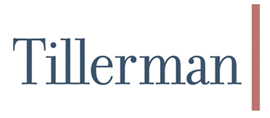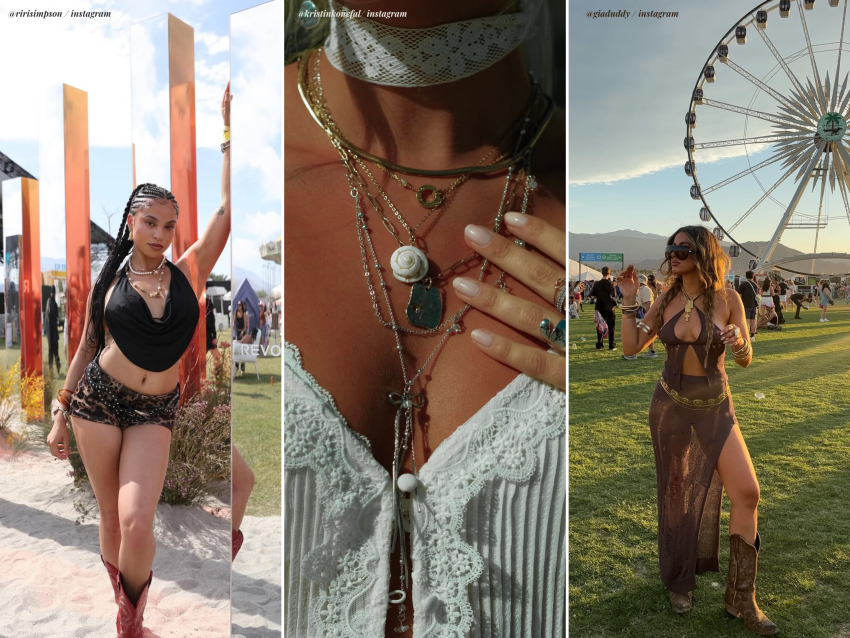Festival fashion wasn’t rewritten in 2025—it was given an encore, led by a crowd long used to stealing the spotlight. With TikTok and Instagram amplifying every outfit and moment, festivalgoers are setting trends and driving conversations in real time. For retailers, this opens up huge opportunities to rethink strategies, from tapping into user-generated content to prioritizing agility and sustainability.
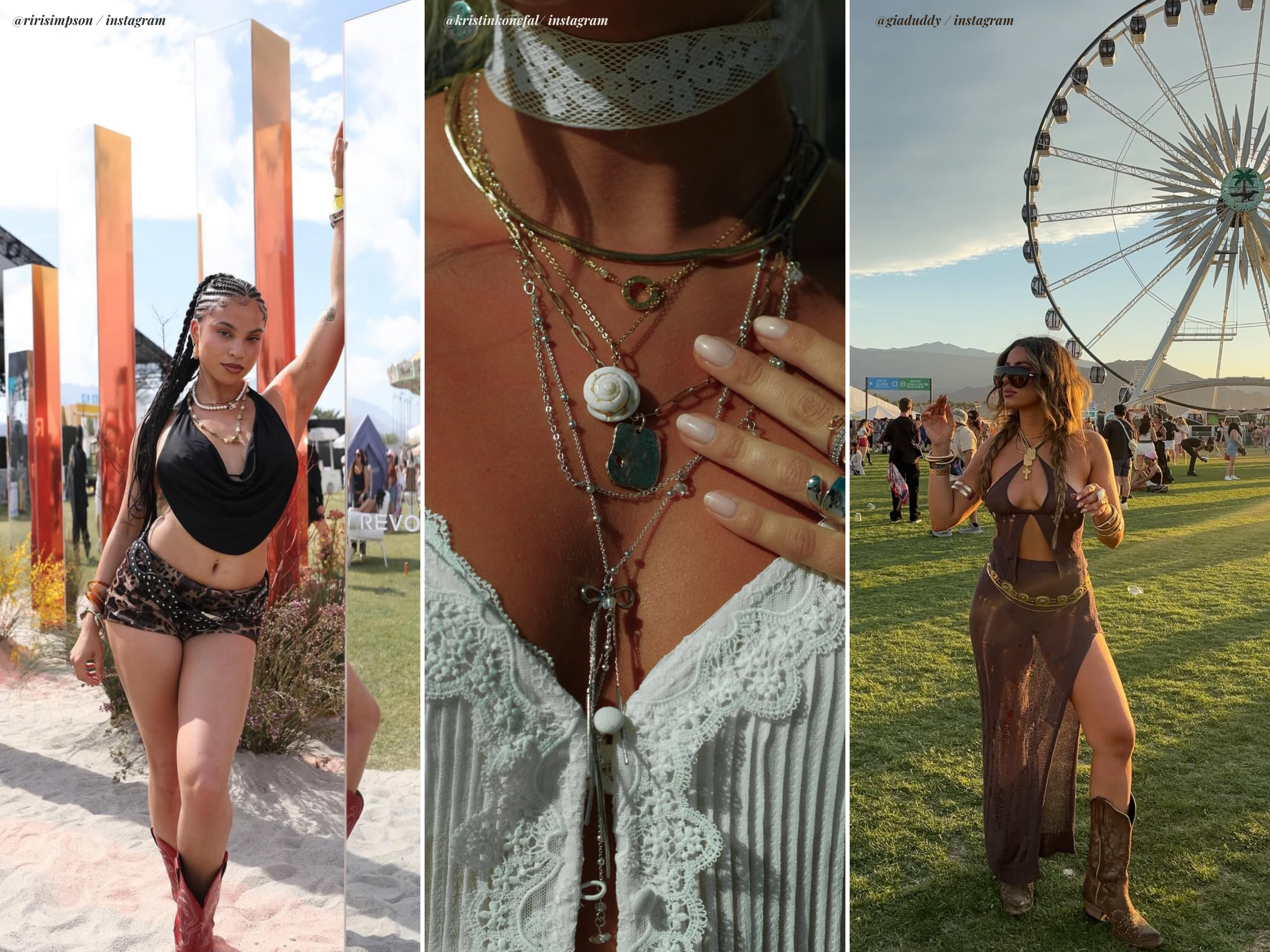
Festival fashion hit a turning point long ago, but Coachella 2025 left no doubt that the crowd controls the spotlight. Now, the audience doesn’t just watch the show; they are the show. And, in a wonderfully meta twist, today’s festivalgoers find themselves performing for their own audience on social media, where every outfit, accessory, and filter-ready moment becomes content for millions more at home.
The idea that the “audience has an audience” is central to understanding how festival fashion, once dictated by celebrities and designers, is now shaped by a mix of individuality, micro-influencers, and viral moments. This participatory energy makes festivals like Coachella as much a cultural engine as a musical extravaganza.
From Spectacle to Participatory Style
Festivals and fashion have long gone hand-in-hand, but in 2025, the average attendee has the chance to have as much cultural sway as a headliner. Platforms like TikTok, Instagram, and YouTube turn Coachella into a shared experience, where “Get Ready With Me” videos, on-the-ground outfit vlogs, and instant photo dumps blur the line between spectator and performer.
This dynamic has democratized festival fashion. Instead of waiting for A-listers to set the tone, fans now take center stage. Vogue’s 2025 Coachella recap featured stylish attendees alongside performers, while The Desert Sun’s coverage turned its lens exclusively on everyday looks, cementing the fact that fashion at festivals is no longer top-down. It’s driven by the crowd and amplified by the internet.
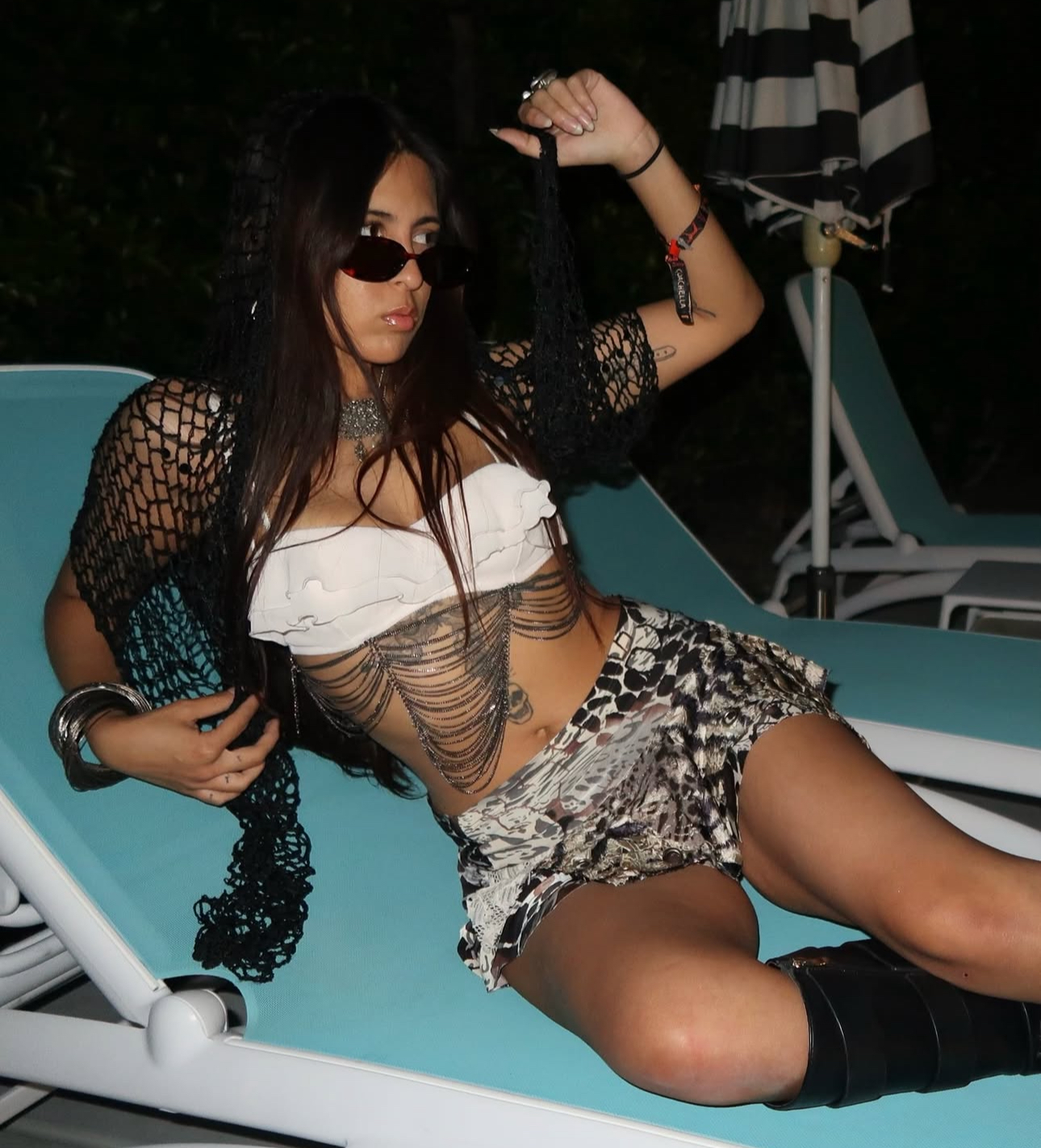
Micro-creators, with their relatable yet standout ensembles, have redefined style authority. The eclectic blend of thrifted pieces, high-end accessories, and DIY flair promotes an inclusivity that traditional fashion icons rarely achieve. And for brands witnessing this shift, the implications are clear: the audience isn’t just the target market anymore; they’re collaborators in shaping trends.
The Audience Takes the Lead
Historically, fashion brands set the stage with star-studded campaigns and exclusive celebrity partnerships. But the rise of user-generated content (UGC) has turned this model upside down. A single TikTok documenting an attendee’s outfit can go viral and outsell months of targeted advertising. This shift, from centralized celebrity influence to a decentralized audience, has forced brands to adapt.
Luxury houses like Gucci and Dior have started seeding products directly to micro-influencers attending festivals, banking on their authentic presence to create buzz. Fast-fashion labels like Revolve and Free People, meanwhile, cater to festivalgoers with curated capsules that anticipate the chaos of Coachella’s street-style moment. And festival-specific trends are constantly evolving.
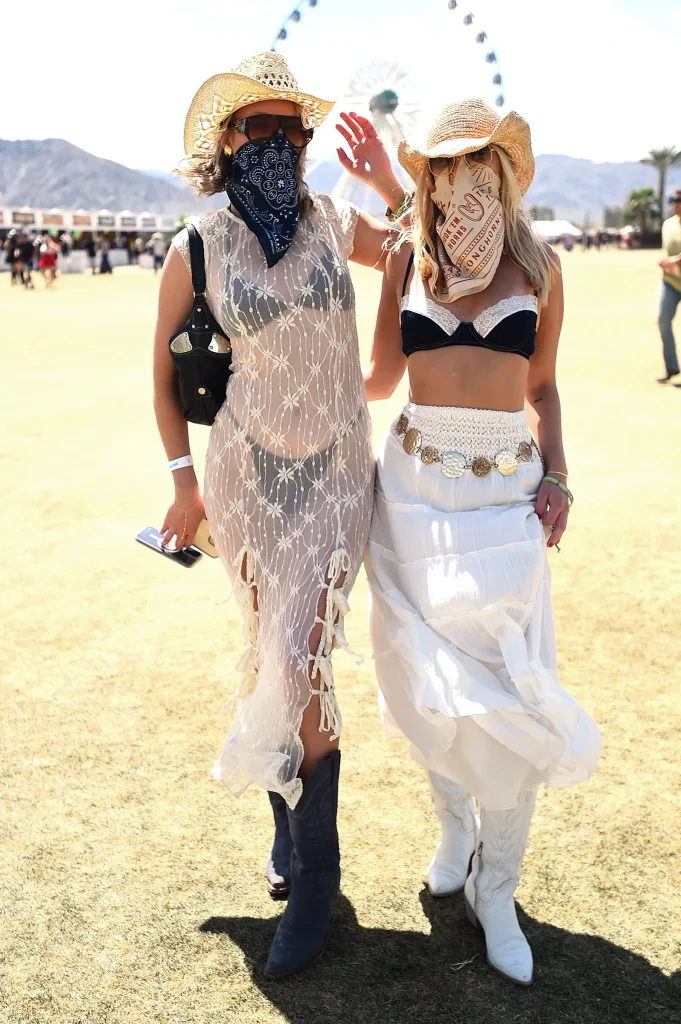
For instance, Stagecoach 2025 brought Western-core back to the forefront, with fringed jackets and intricately embroidered boots taking center stage. Meanwhile, Ultra Music Festival championed the bold, daring aesthetics of rave-ready neon and techwear. These trends weren’t born in design studios but within communities of festival enthusiasts who shaped their emergence.
Retail’s Evolving Role
The rise of participatory fashion hasn’t just reshaped wardrobes; it’s forced retailers to rethink how, where, and to whom they sell. Festivals like Coachella exemplify this transformation, where every purchase isn’t just a product, but a tool for personal branding potentially shared with thousands of online followers. Yet this high-stakes, audience-driven retail landscape is growing increasingly complex, thanks to external pressures like tariffs and supply chain challenges.
Between April 2024 and April 2025, retail moved from a phase of cautious optimism to one marked by agility and survival. The expiration of the de minimis exemption on Chinese imports tightened supply chains, pushing brands to nearshore operations and fast-track automation. Fast forward to May 2025, and the reduction of said tariffs on imports has steered the economy “back on a more familiar path.”
For the festival-driven crowd, this shift matters. Retailers racing to keep up must balance trend immediacy with logistical limitations, ensuring products hit the right audience at the right time. It’s not just about creating outfits that shine on the Gram; it’s about ensuring they’re available when a TikTok haul goes viral.
This participatory culture amplifies the stakes. Retailers are no longer just selling clothes—they’re fueling personal branding engines that broadcast to thousands. Success hinges on navigating these dual pressures of logistical agility and trend-driven creativity, proving that in a world where everyone plays influencer, staying relevant requires more than just keeping up; it demands leading the way.
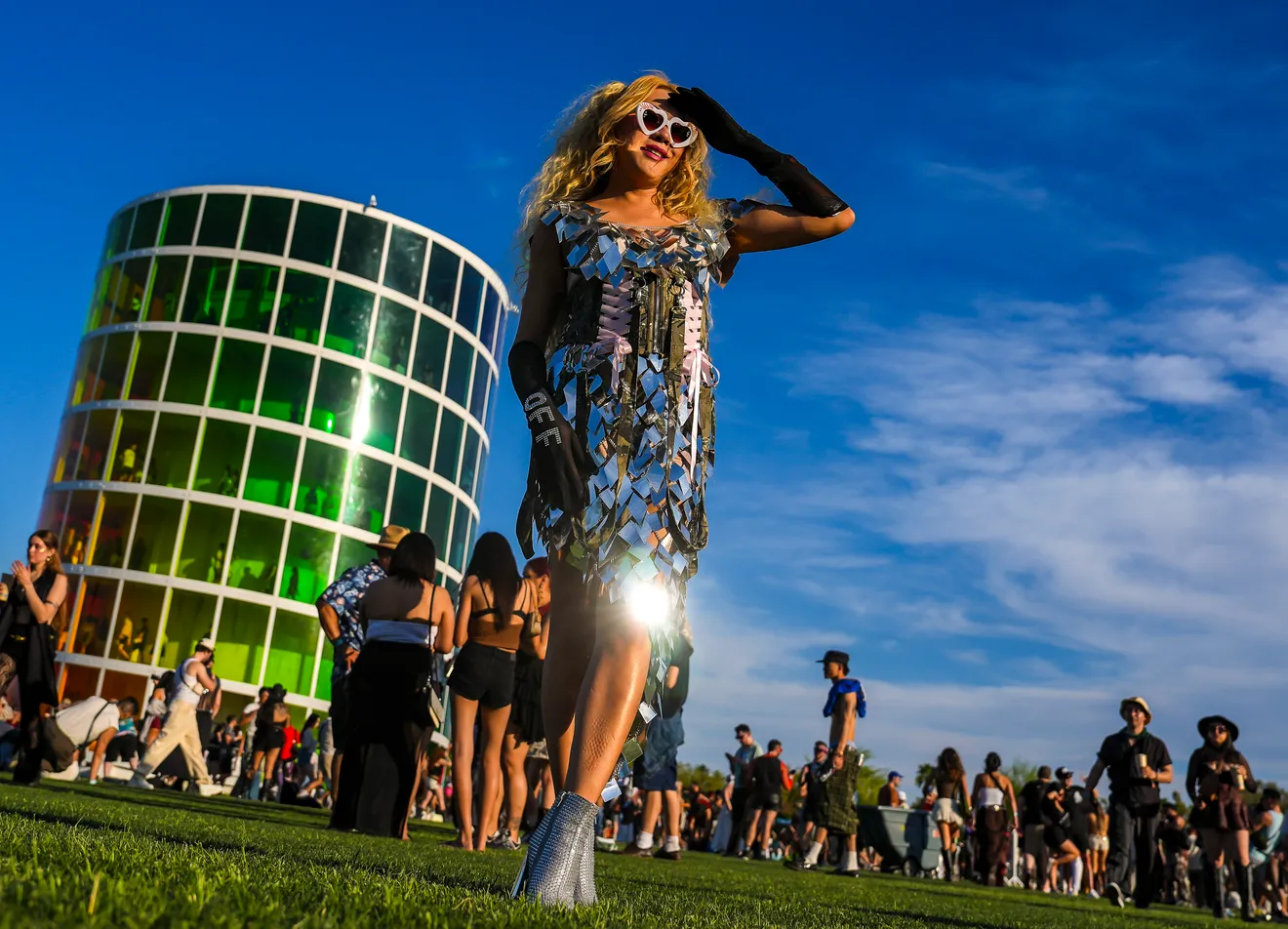
A Future Defined by Participation
Rather than rewrite the rules of festival fashion, Coachella 2025 added a sharper lens to the current playbook. Festival patrons and performers alike have become co-creators in a cultural narrative that extends far beyond the music (whether we like it or not). The audience isn’t just watching acts on stage; they’re performing for millions more online, turning every outfit into an act of storytelling.
For brands, this shift represents a rich opportunity. By leaning into real-time collaboration, prioritizing sustainable designs, and fostering authentic engagement, the fashion industry can keep pace with this evolving dynamic.
Festivals like Coachella might have once belonged to headliners, but today, the spotlight is firmly on the crowd. And as long as the audience keeps growing its own audience, the possibilities for fashion, retail, and storytelling are endless.
